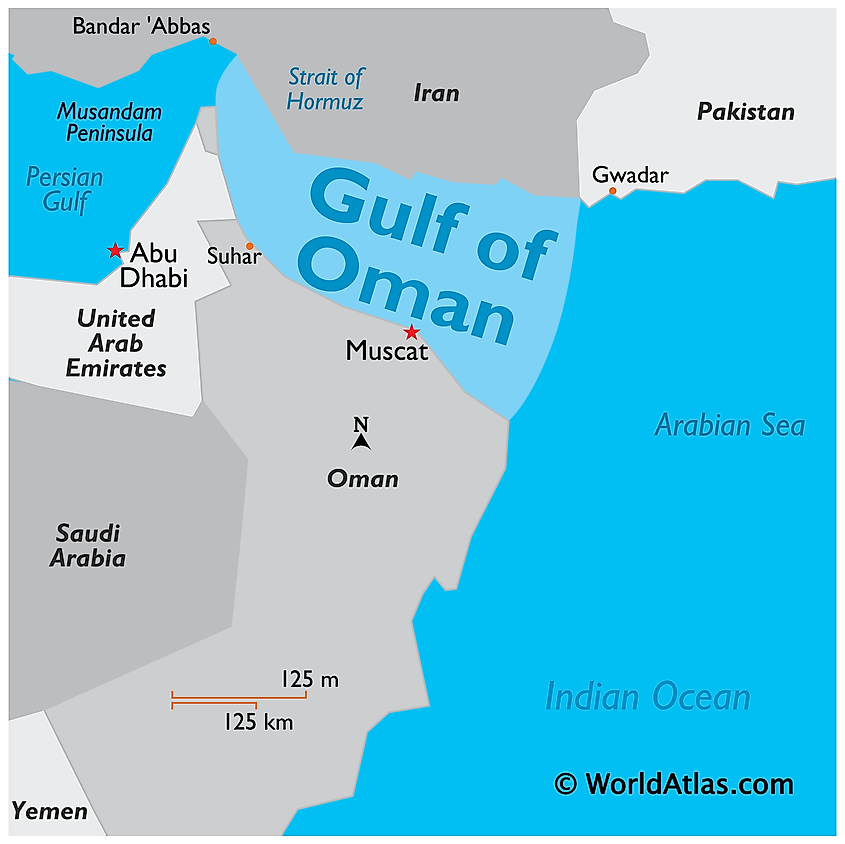Cairn Oil & Gas has partnered with US-based Halliburton to start shale exploration in the Lower Barmer Hill formation, Western Rajasthan.
Russia and the US are among the largest shale oil producers of the world, with a surge in shale oil production in the US having turned the country from an importer of crude to a net exporter in 2019.
Reference
The Supreme Court (SC) upheld the jurisdiction of the Real Estate (Regulation & Development) Act, 2016, or RERA, in two different matters.
Reference
The BRICS Innovation Action 2021-24, which has been prepared in India’s leadership, was agreed by all BRICS countries at the 13th BRICS S&T Committee Meeting hosted by India.
Reference
As part of Operation Sankalp, INS Trikand is currently deployed by the Indian Navy in the Persian Gulf and Gulf of Oman.
INS Trikand is a state-of-the-art guided missile stealth frigate. It is part of the Western Fleet that operates under the Flag Officer Commanding-in-Chief, Western Naval Command (Mumbai.)

Reference
The 1st Shakti Advanced Electronic Warfare system Shakti has been installed on-board INS Visakhapatnam and is being installed in INS Vikrant.
Reference